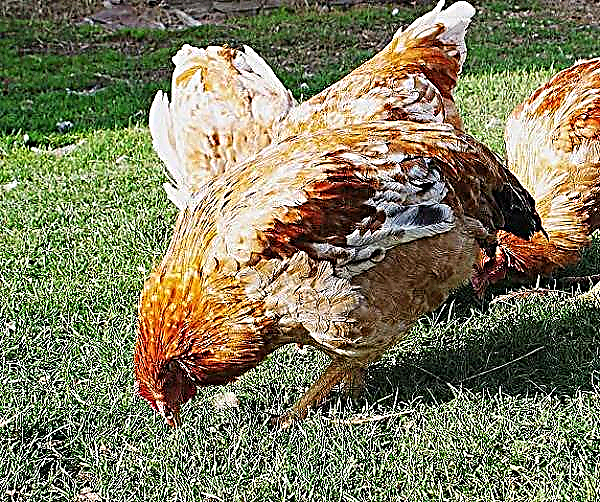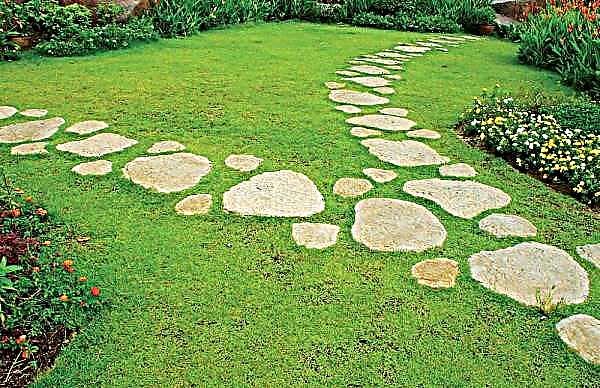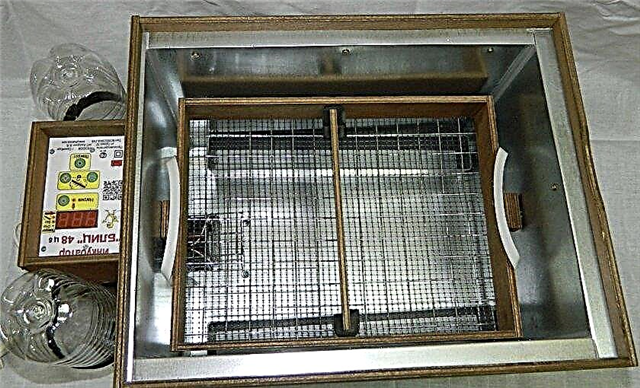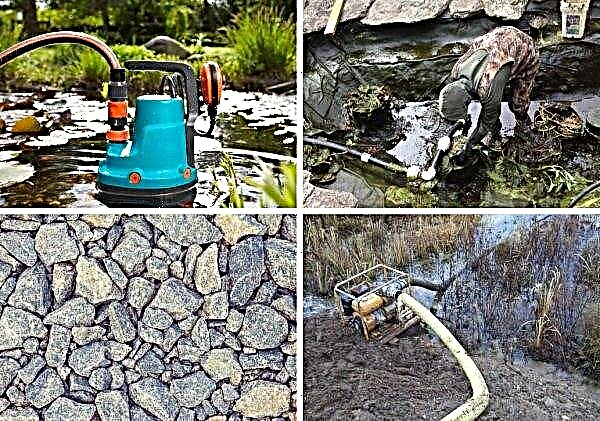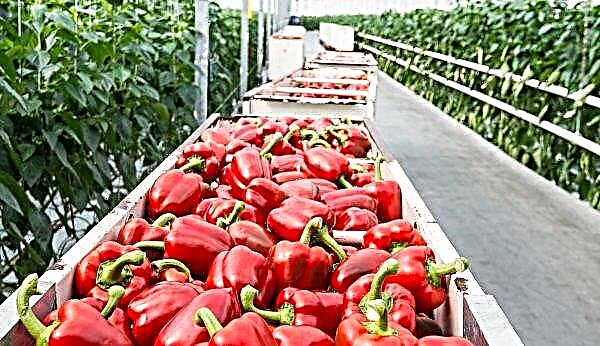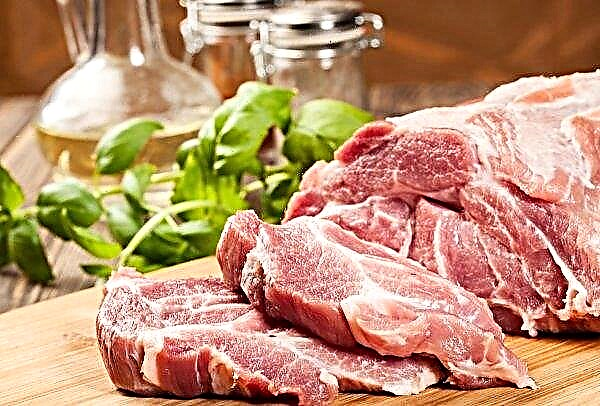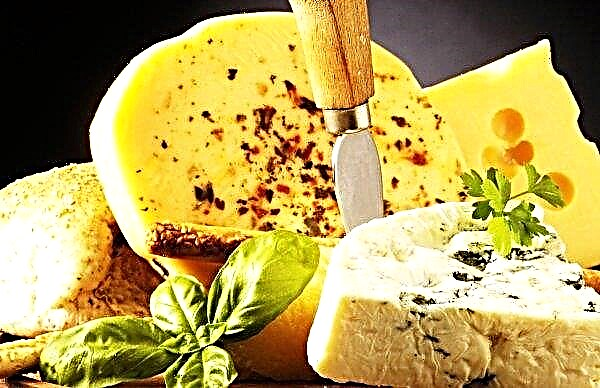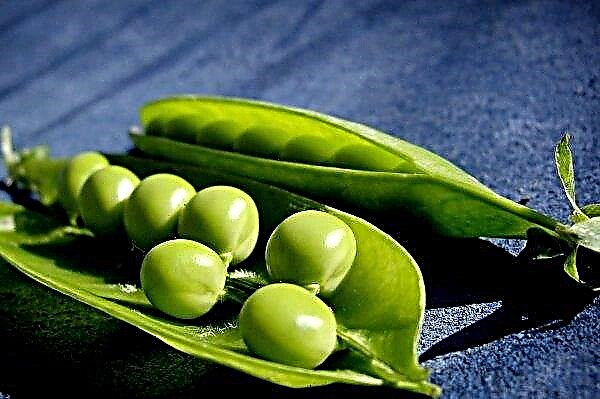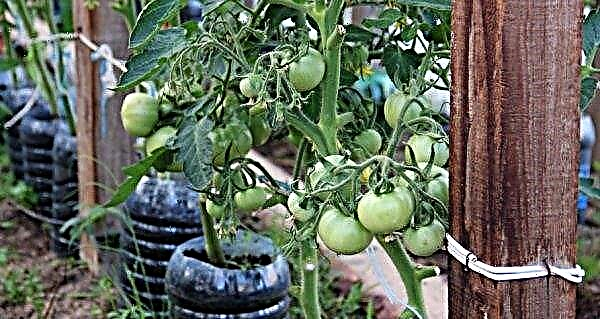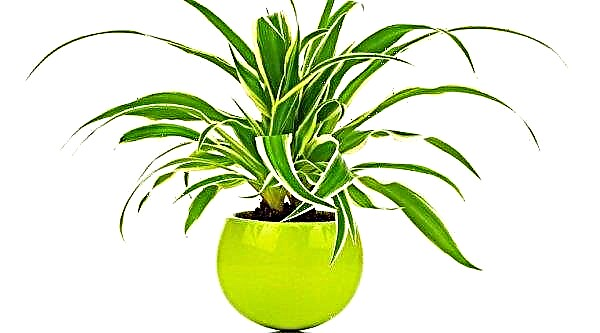One of the most important stages of agrotechnology for growing tomatoes at home is to conduct the stepsoning process. It allows you to remove excess shoots and shoots from the plant, thereby improving the flow of valuable components into the root system and accelerating the growth and ripening of fruits. However, not all summer residents know how to correctly trim the stepsons. Let's figure out when it is necessary to carry out the stepsoning of tomatoes, as well as what methods exist for this.
What is pinching tomatoes
Stepsoning is a procedure for the artificial removal of lateral processes (stepsons), which are formed in the axils of the leaves. The need for this procedure arises for several reasons.
Important! If pruning of the processes is not carried out at the right time, then the fruits that have already appeared on the bush will ripen very slowly, and the newly formed will be very small.
Cutting shoots allows you to:
- reduce the load on the plant and thereby accelerate its ripening, this is especially important in the northern regions, where the ripening period of tomatoes is reduced;
- provide fruits with more nutrition and hydration, thereby accelerating their growth and development;
- guarantee high yield of the bush;
- avoid various diseases, including late blight.
 Tomatoes tend to sprawl. Throughout the entire ripening period, new shoots, shoots, ovaries, flowers grow on the stems. All additional shoots significantly reduce the quality of the fruits and their size, as a result, in the absence of pinching, gardeners get a beautiful, green, leafy bush, but with small, sometimes deformed, fruits.
Tomatoes tend to sprawl. Throughout the entire ripening period, new shoots, shoots, ovaries, flowers grow on the stems. All additional shoots significantly reduce the quality of the fruits and their size, as a result, in the absence of pinching, gardeners get a beautiful, green, leafy bush, but with small, sometimes deformed, fruits.The negative effect of additional shoots on tomato bushes is as follows:
- significant decrease in fruiting;
- fruit size reduction;
- extension of ripening time of tomatoes;
- the formation of abundant leafy plants, which contributes to the development of various infections;
- wide overgrowth of the bush, which entails its deformation.
The plant, on which extra shoots remain, forms a large number of fruits. However, they, due to lack of nutrients, do not have time to ripen during the warm period and acquire the required size. It is worth noting that it is not always necessary to carry out stepsoning. Typically, domestic summer residents planted in open soil determinate varieties of tomatoes, in which the growth of the stem is limited.
Such plants differ in that when a certain number of ovaries appears on the stem (from 3 to 7), lateral shoots cease to form automatically. Thus, pinching is not worth doing, since as many shoots grow on the plant as necessary for optimal nutrition of the entire bush, including fruits.
Indeterminate varieties are characterized by unlimited stem growth and the constant formation of additional processes. In such cases, pinching will positively affect the yield of the plant and the size of the fruit.
When it is necessary to conduct stepsoning
It is important not only to pinch tomatoes, but also to do it at the right time. Experts recommend starting trimming stepchildren during the planting of seedlings. On the seedlings of tomato of indeterminate type, the lateral ovaries are clearly identified, which makes them easy to remove. When 5 to 7 ovaries are formed on the stem, depending on the variety of tomatoes, massive growth of stepsons begins. From this moment on, stepsoning must be carried out regularly, every week.
Important! Stepsons will have to be removed from the plant constantly, right up to the harvest. If tomatoes are grown in a greenhouse, then stepsoning continues after harvesting.
In addition to the lateral processes, in the indeterminate plants it is necessary to remove the lower leaves and pinch the top of the main stem. It is best to trim the side shoots when they are still small (maximum 8–10 cm in length). Otherwise, an infection that can lead to the death of the bush can get into the place of the cut.
How to pinch tomatoes
Tomato herding is carried out in several ways, depending on their variety, forming a plant in 1, 2 or 3 stems.
In 1 stalk
The formation of a plant in one stem is carried out for those varieties whose expected fruit weight is over 180 g, as well as for tomatoes grown in the northern regions, which are characterized by a short ripening period. When stepsoning, all branches are removed, while only one shoot is left on the plant, on which the fruits will be tied.
The shoots are removed immediately after transplanting, and also systematically when they reach a size of 3-4 cm. If the bush is formed into a single stem, then fruits of a rather large size ripen on it much faster - 300-500 g, in some varieties up to 800 g. In such cases, the plant necessarily requires a garter.
Video: pinching tomatoes in 1 stalk
In 2 stems
When "designing" a tomato in two stems, along with the main, most durable and thick stem, leave one strong shoot under the inflorescences. All shoots that are below are carefully cut with a pruner. Pruning should be done “not at the root”, but leave small stumps of 1–1.5 cm. This will make it possible to slow down the formation of new shoots at the cut site.
Did you know? Scientists say that tomatoes have the ability to neutralize the negative effects of alcohol in the human body. They contain vitamins and substances that can overcome a hangover and restore strength.
It should be noted that it is undesirable to use scissors or a knife for pinching, since they can damage the branches. The best tool is considered to be a garden pruner, the blades of which must be disinfected with a potassium permanganate solution or alcohol before trimming. Two-stalking is carried out for those crops whose fruits, as a rule, reach medium sizes and ripen in a warmer climate.
Video: pinching tomatoes in 2 stems
3 stems
The formation of a bush in three stems is carried out according to the following scheme:
- Near the main stem, on one side, an escape is left under the first flowering brush.
- The second process is chosen from the strongest located below.
- Each stepson is tied to an individual support.
Video: 3 stalk stepsoning
How to plant tomatoes properly
The need for tomato pinching will be largely determined by their variety. Mandatory pruning procedure for tall tomatoes. As for the removal of stepsons on vegetables of undersized type, here gardeners disagree.
Undersized varieties
Not all varieties of undersized tomatoes should be stepsoned. There are a number of cultures that have been specifically created for growing on balconies, for example, Florida and the Balcony Miracle. Typically, undersized tomatoes are pruned in order to obtain more massive fruits and accelerate the ripening process.
Important! It is forbidden to cut the shoots in wet weather, immediately after rain or wetting the bush, as tomato infection with late blight is highly likely.
Such varieties form in 2-3 stems. If you leave only one main stem on the bush, then the crop will turn out to be early, but not very rich. And if you refuse from pinching in general, then the tomatoes will grow small and will ripen for a long time.
Tall varieties
As for tall plants, then they must be stepsoned without fail. By their natural properties, such varieties have a rather long ripening period, and if neglected by pinching, then we can expect to obtain ripe fruits only in winter. To get a good crop in a short time, it is recommended to prune the shoots every week, while leaving one stem on the bush. If the variety assumes the presence of medium-sized fruits, then the preservation of two branches is allowed.
To get a good crop in a short time, it is recommended to prune the shoots every week, while leaving one stem on the bush. If the variety assumes the presence of medium-sized fruits, then the preservation of two branches is allowed.
Important! The colder the climate where tomatoes are grown, the fewer stepsons should be left on the plant.
Varieties of tomatoes that do not require pinching
There are a number of tomato varieties that do not require pinching. Such plants automatically stop growing when a certain number of ovaries is reached. They are called semi-determinant. They are characterized by an average height of the bush and the presence of 8-10 shoots, after the formation of which the growth of greenery stops and the fruit ripens.
Superdeterminant varieties specially designed for early and early harvest do not require pinching. Such plants are notable for their low height and ultrafast fruit ripening. Plant growth stops after three inflorescences appear on the stem.
These varieties include:
It should be noted that many gardeners agree that almost all undersized tomato varieties grown in warm regions can perfectly ripen and bear fruit without preliminary pinching.
Did you know? Today, around the world you can find tomatoes of various colors: red, yellow, orange, raspberry, brown, black, multi-colored and even striped. However, few people know that the first tomatoes that were brought to European countries had a yellow color. From there the name went - "golden apples."
When cultivating tomatoes, one should remember that it is not worth neglecting any agrotechnical procedures, in particular, pinching. Removing additional stepsons is considered one of the most important aspects that directly affect the quality and quantity of the crop. Properly pruned branches will increase productivity several times, and will also greatly facilitate daily care for planting tomatoes.

